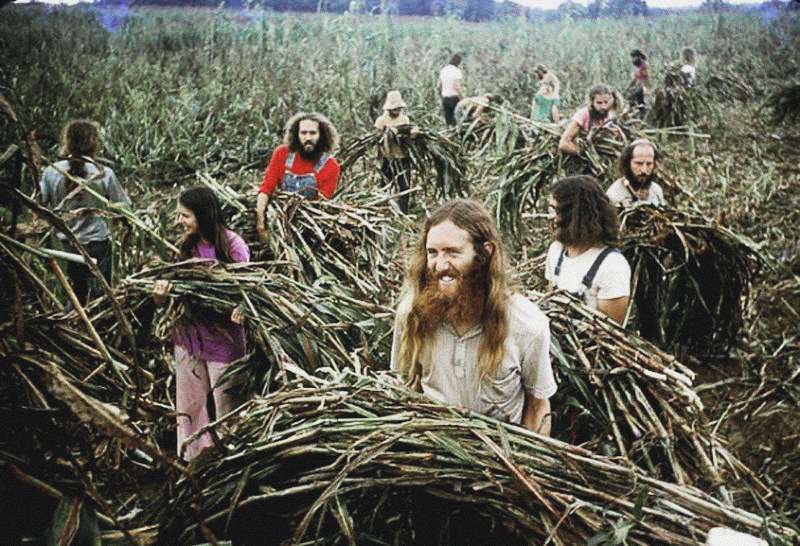Sustainability isn’t new. The ethos that defined ’70s hippie ideals for places like Tennessee’s The Farm has come to shape the modern world.
Nearly ten years ago, I was sitting in a birthing class hosted by the doula who would help me bring my daughter into the world a few weeks later.
The small class — there were just three couples — covered everything from the physical details about what exactly happens to a body giving birth to the more abstract discussions around the “spiritual” experience that come with pushing a human out of your body.
It’s a common practice for soon-to-be parents to attend a class like this, and it’s just one of the mainstream practices the rural Tennessee commune known as The Farm helped normalize back in the 1970s.
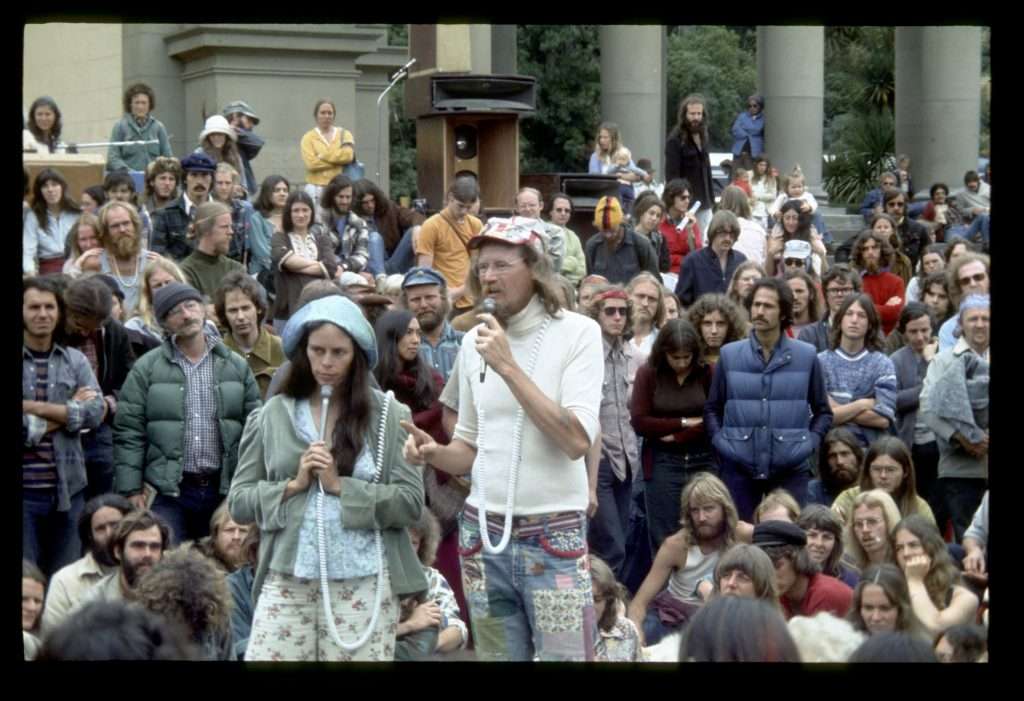
Kimmy, our doula, helped our class explore important questions: What is your birth plan? How will your partner help guide you through this experience? And the unavoidable question: What if something goes wrong?
To that, Kimmy had an answer that startled me: “Depending on how serious it was, I’d probably just get in my car and drive [from Los Angeles] to The Farm in Tennessee.”
She was dead serious about making a 30-hour drive — more than 2,000 miles — while in labor. She, and many others in the natural birthing community, consider The Farm the epicenter of the natural birth movement in America. Like most doulas, ours was a disciple of Ina May Gaskin, wife of the late Stephen Gaskin (1935-2014), and co-founder of the rural Tennessee collective, better known as The Farm.
The Farm
From 1971 to 1983, The Farm was a thriving community and America’s largest commune. It sprawled more than 1,500 acres in Summertown, Tennessee, with more than a thousand members at its peak. Its founding members boarded two dozen buses out of San Francisco’s Haight Ashbury in 1970 during the height of the counterculture movement at the urging of Gaskin, who had become a movement figurehead.
This critical time of cultural revolution left hundreds in the Bay Area longing for a return to nature and a sidestep from capitalism. Not able to afford to establish a community in Northern California, the group headed out of state in search of trees. They spent seven months on the road before settling in Summertown — a place where they said the “vibes” were just right.
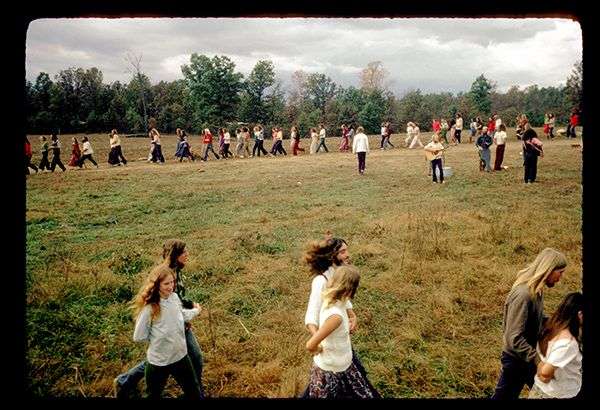
But unlike other high-profile communes that often morphed into dangerous (or murderous) cults, The Farm kept its leaders mostly in check, focusing instead on becoming self-sufficient through communal infrastructure, organic farming, a plant-based diet, and natural childbirth.
While today it’s a much smaller collective and its organizational structure has changed from the early days, The Farm in Summertown is still thriving.
Natural childbirth
Ina May Gaskin revolutionized childbirth. Her firm belief that the body was made to do this peopling business all on its own helped thousands of women through The Farm’s history (and countless more around the world) deliver babies sans drugs and often in the comfort of their own homes.
Her seminal 1976 book Spiritual Midwifery led to a boom in doulas and midwives who would help women deliver naturally at home. The value of doulas and midwives is now so commonplace most hospitals even employ them to assist in the delivery room.

Gaskin estimates she personally helped deliver more than 2,300 babies during The Farm’s peak years. To this day Gaskin helms the Midwifery Center at The Farm, empowering women and their childbirth experiences.
Organic farming
While certified organic labels didn’t come to supermarkets properly until 2000 after USDA create the National Organic Program, The Farm was way ahead of the curve, farming organically from the start.
To be self-sufficient, it cultivated nearly all of its own food without agrochemicals; the founding members converted hundreds of acres of land to fully organic and chemical-free crops.
“The Farm was not a farm in name only, or it wasn’t meant to be,” Erika Anderson, who was born on The Farm, wrote for Vanity Fair.
“The farming crew planted staples like soybeans, corn, and sorghum, among other crops. But the harvest couldn’t support the whole community, and kids went hungry, my sisters included. Two months after I was born, on July 11, 1980, state police showed up to bust the commune for growing marijuana, when in fact the city kids didn’t know how to identify marijuana. What had looked like pot from their helicopter was in fact ragweed, flourishing in row after row. That miscalculation became an annual celebration known as Ragweed Day,” said Anderson.
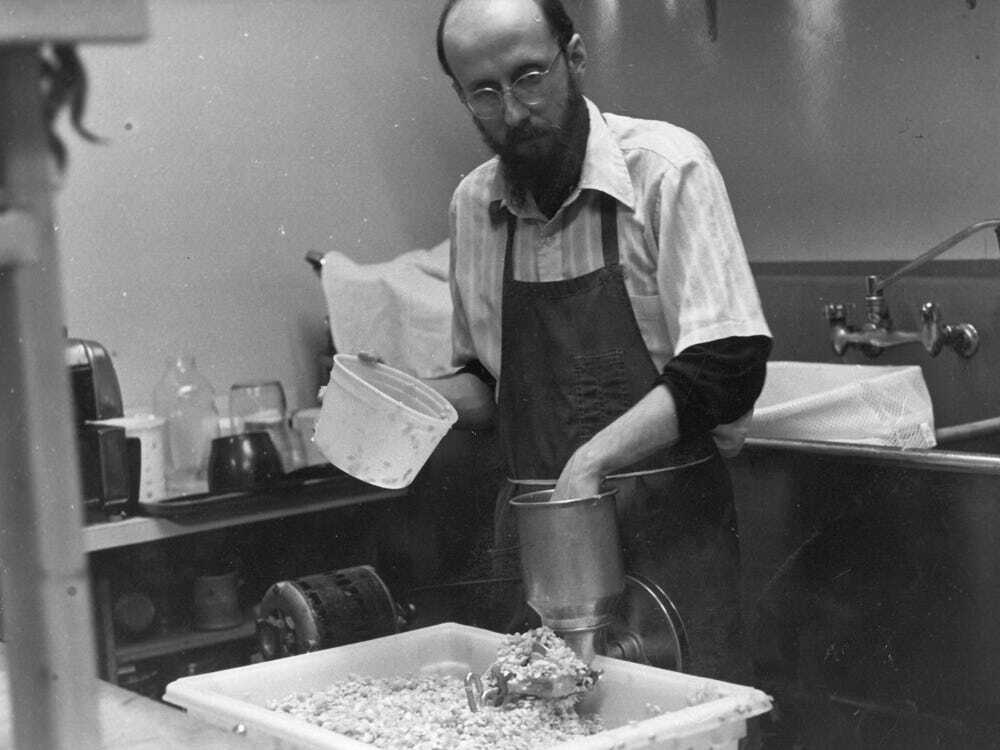
The Farm grew plenty of vegetables and grains to feed the families, and it also cultivated crops like sorghum, which it used to create a molasses product. Nowadays, The Farm still sells organic produce and teaches organic gardening courses.
Vegan food
If you’ve ever eaten a vegan Thanksgiving Tofurky feast, you have The Farm to thank for this — at least in part. Tofurky’s founder Seth Tibbott spent some time on The Farm in rural Tennessee back in the 1970s.
The Farm’s diet was strictly animal-free, and at the time, the community was eating a lot of soybean cakes that Tibbott found a little underwhelming. When he heard about fermented Indonesian soy cakes called tempeh, he was intrigued.
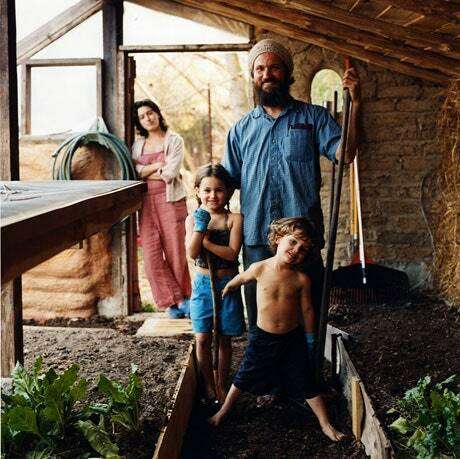
Tibbott would take his enterprise to the Pacific Northwest, and a few years later, invent the Tofurky roast, now synonymous with vegan Thanksgiving. What sparked at The Farm would turn Tofurky into one of the leading vegan meat producers in the world, now with more than $25 million in annual sales.
Off-the-grid living
Today, it’s not uncommon to see people switching to solar power or growing their own food, and building off-grid Earthships. But those were largely novel concepts in the 1970s.
Going off-grid was the only option for The Farm in order to sustain itself fully. The Farm adopted a number of these practices in addition to organic farming. It was an early adopter of solar power, proving that it could be done at scale.
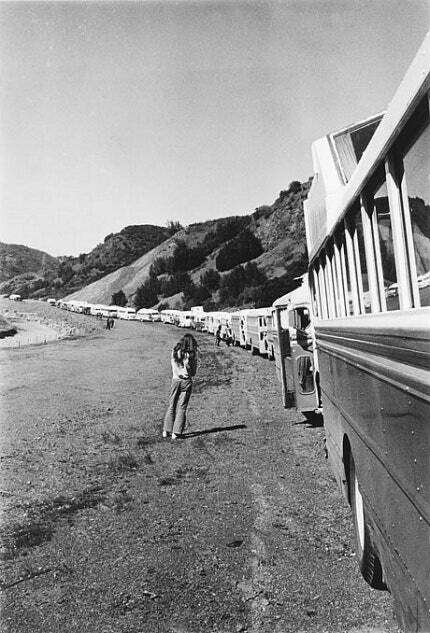
By the 1990s, The Farm had established itself as one of the premier educational programs around solar power. And it’s still going — from the community’s homes to its school and shops, The Farm is solar-powered. It also established a number of other services including its own water towers and water systems, an electrical company, a construction company, and a tofu plant. Its EcoVillage Training Center offers conferences, seminars, and a number of curriculums on sustainable off-the-grid living.
The Farm has always been mission-focused. Its many arms included Plenty, a charitable component it developed in 1974 to help disaster victims around the world. The group spent four years in Guatemala after the 1976 earthquake where it rebuilt more than 1,200 homes and built more than 16 miles of water pipes. In 1980, the organization was also the first to receive the Right Livelihood Award considered an alternative to the Nobel Prize.
Mission-forward businesses are now mainstream, from one-for-one models like Toms Shoes or Warby Parker glasses, or commitments to Fair Trade practices. Being a business with a conscience is expected nowadays — a byproduct of The Farm’s community-forward models.
“The legacy of The Farm reaches far beyond the guru who built it: the thousands who lived there, were born there, its visitors, its neighbors, the relatives, and the communities that received those who left, the midwives and mothers who followed Ina May, and anyone whose read a Farm book or watched a Farm documentary,” Anderson wrote. “I am one of many.”
Related on Ethos:

